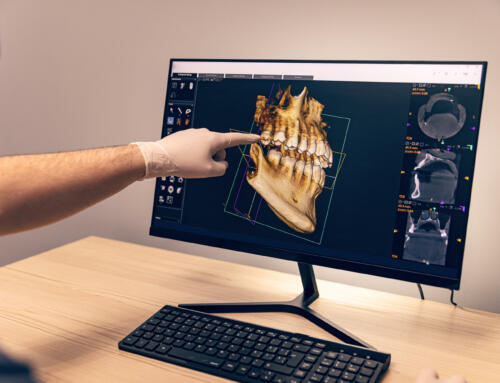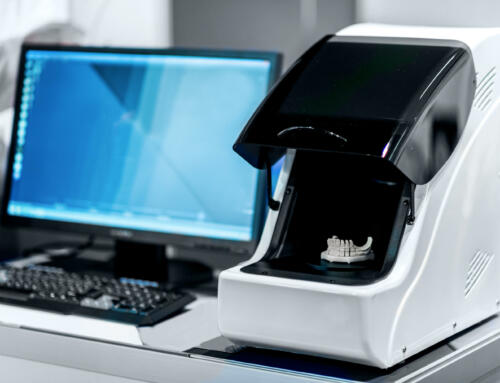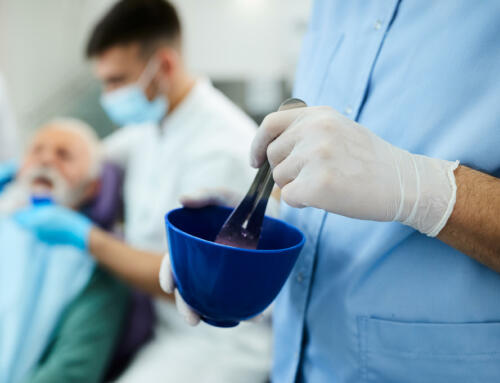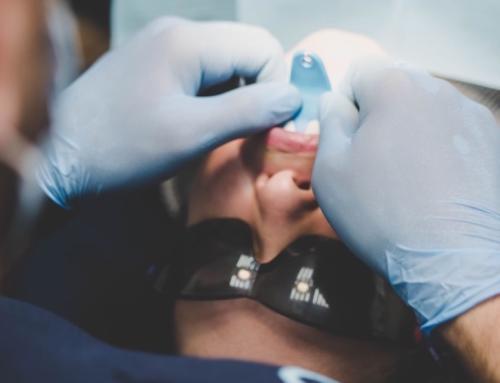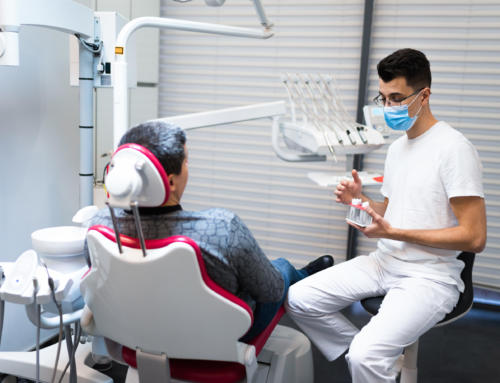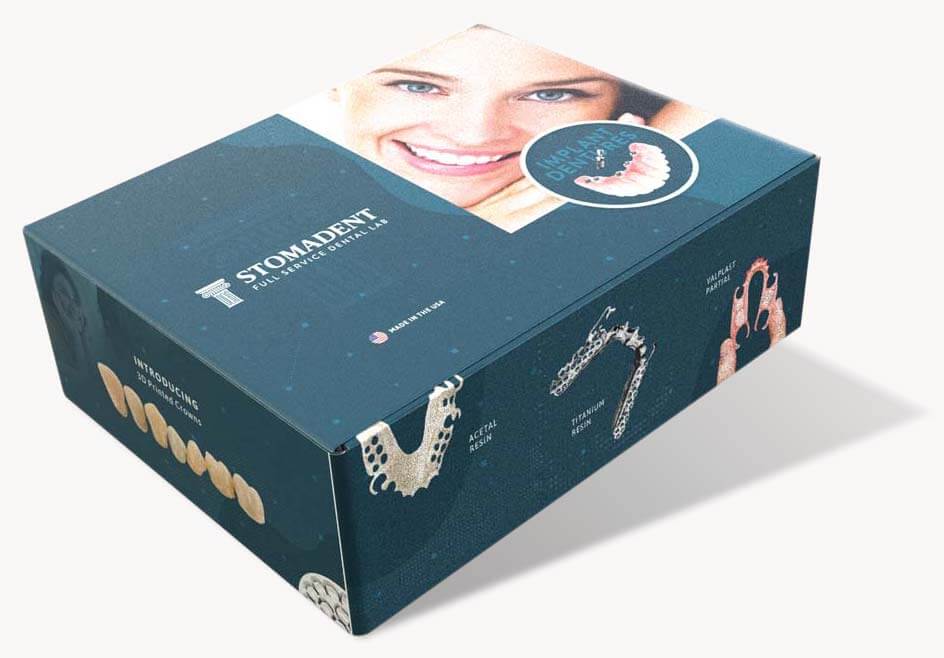
By David Hudnall, DMD
Creating beautiful, functional, long-lasting restorations is no longer about error-prone processes and guesswork. With advances in computer automation, every aspect of the restorative part of your dental practice can be improved upon, eliminating costly mistakes and saving you precious chair time.
Let’s discuss how 3D technology can help streamline your digital workflow and clinical production.
The Traditional Dental Crown Process
Dental crowns date back as far as 200 AD when gold and other materials were used to cover broken teeth with crowns or bridges. The first “modern” tooth-colored dental or permanent crowns consisting of an all-porcelain jacket to reconstruct a broken tooth were first put to use in 1903. Since porcelain is prone to cracking, these crowns had limited longevity, and in the 1950s, porcelain fused to a metal base became the standard for aesthetic dental crowns and bridges for many years to come.
The manufacturing process used heavily relied on reverse image production techniques borrowed from jewelry-making to create a final product resembling and functioning like a natural tooth. This technique involves capturing an impression of the crown preparation and the surrounding dentition, pouring a model from stone, trimming the resulting die by hand, creating a wax pattern for the metal substructure, flasking and casting the metal, layering porcelain onto the metal substructure by hand, firing, hand staining, and finishing the crown to a high luster. True artistry. But very labor-intensive.
However, with so many places where errors could be transferred to the final crown, it’s a wonder that a functional crown could be produced at all. Many of you will recall that crowns produced in this way often required numerous adjustments at delivery, and occasionally, remakes were necessary, which were frustrating for both the dentist and the patient. Because impressions and models were destroyed during the process, a remake meant starting over from scratch with new impressions.
Rise of 3D Printing in Dentistry
3D printing of dental crowns using CAD/CAM technology was first introduced to dentistry in the late 1980s with the release of the CEREC system. This was the first time it was possible to prepare and fabricate a crown within a single workday. However, it wasn’t until 2003 that CEREC incorporated 3D printed design software into their milling system, allowing dentists to construct restorations based on computer-generated three-dimensional models. While the device only allowed for the manufacture of single restorations, the process opened the door to possibilities that would follow.
Rapid advances in computer technology and 3D modeling, along with the use of newer dental materials, prompted expansion of the basic premise so that larger restorations could be made from a variety of raw materials, including metals, ceramics, and resins. Scanning technology changed the landscape by first allowing physical models or impressions to be scanned and digitized.
Added advances and enhancements in computing power and chairside scanners improved the number and accuracy of images captured, making it possible to replicate the exact anatomy of hard tissue in three dimensions without making a messy impression, and bothering new dental implants. More recently, obstacles were further overcome that make it possible to reconstruct accurate anatomical images of both hard and soft dental tissues so that removable appliances fit precisely with minimal production errors, greatly reducing time spent on adjustments.
Advancements in 3D Printing for Dental Crowns
Although dentists have been successful in utilizing handmade final restorations produced by artistry for many years, 3D milling and printing bring us much closer to achieving the characteristics of an aesthetically pleasing, serviceable restoration of ideal proportions presented in textbooks.
Changing Production Times
Because 3D scanning dental technology bypasses many of the time-consuming steps involved in making a printed crown, such as the time it takes for impressions to set that patients find so objectionable, dentists can streamline the process. This saves time and eliminates errors on the front end that are carried throughout the production process.
Chairside scanning is able to be performed efficiently with fewer issues related to maintaining perfect isolation and moisture control for an extended period of time. For large restorative cases or patients who have limited ability to cooperate, it is possible to segmentally capture digital impressions, making impression-taking more manageable and comfortable.
Since impression data is collected and stored in digital form, it can be transferred to the dental laboratory, reducing turnaround time. Digital data offers the added benefit of having an original record that is always accessible at any time should a production error occur.
Improved Accuracy
Because scanning captures thousands of images and stitches them together digitally, the 3D image of the crown preparation from all angles in space is of high quality and superior resolution. Most scanning software will alert the operator to rescan specific areas when it detects zones that lack clarity, allowing for the capture of high strength, very detailed impression data before the dental lab becomes involved.
Because computer-aided design software uses precise measurements that allow for exact crown dimensions, laboratory technicians are able to design crowns that possess ideal internal line angles and thickness to ensure material strength and restoration longevity. The design data is then utilized to drive the production process, creating a crown that is an accurate representation that fits the prepared tooth precisely with almost no adjustments at delivery. Unlike traditional methods, manual handling is kept to a minimum, eliminating numerous production errors.
Better Customization
In addition to precise fit, computer-driven processes provide an almost endless number of ways to customize restorations, including the ideal location of contacts with neighboring teeth for improved cleanability, numerous color choices, the ability to custom stain ceramics for a perfect color match, and improved emergence profiles.
And, if the color of the crown doesn’t match or some other aspect of the restoration is truly lacking, a new restoration may be designed and manufactured without inconveniencing the patient.
Implications for Modern Dentistry
3D digital printing is an additive process that relies on beginning with a reservoir of liquified component material that is built and cured in incremental layers by some form of a laser light source. Resins lend themselves well to this application. This is why temporary crowns and dentures can be quickly manufactured via 3D printing resin technology.
There are a number of in-office printers on the market designed for dental practices, especially for 3D printing of dental crowns. But not all 3D-printed crowns are created equally. Many dental 3D printers are advertised with misleading information, stating that crowns are printed from “permanent crown resins” or contain ceramics but are not completely made from ceramic materials like e.max, zirconia, or porcelain. Because permanent crown resins are relatively new, no long-term studies are available to show their average life expectancy or whether the crowns will discolor, like most resins, over time.
An Italian company is producing a 3D printer that employs zirconia slurry as its printing medium. The printer is advertised as being able to fabricate a zirconia crown within about an hour. However, a 10- to 12-hour sintering process must follow production in order to complete the final milled crowns. This is mentioned in the fine print. True additive 3D printing with dental ceramics or metals has not been perfected as of yet. Until that time, the tested method for manufacturing crowns, either in-office by dental professionals or by a dental laboratory, was 3D milling.
The Role of Stomadent’s Premier Dental Lab
While having a 3D printer on-site is beneficial, there is no substitute for high-quality restorations of impeccable detail that can only be produced with the aid of CAD/CAM equipment by a modern dental laboratory. Stomadent Dental Lab has access to the best design software and manufacturing equipment and understands how to use the equipment to achieve the results that you desire. From permanent restorations to accurate crowns to all forms of restorative dentistry – Stomadent Dental Lab is ready to help.
Trust our team of professionals to be an extension of your dental office. Stomadent dental labs for superior results!

![Hybrid Denture with Titanium Bar [Best Methods + Advantages]](https://stomadentlab.com/wp-content/uploads/2024/01/dental-prosthesis-on-dark-background-2023-11-27-05-06-28-utc-scaled-500x383.jpg)
![The Lucitone Denture Advantage [Best Practices + Advice]](https://stomadentlab.com/wp-content/uploads/2022/08/lucitone-promo-1-500x383.jpg)
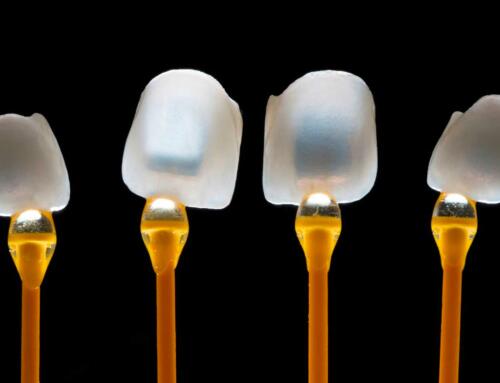
![How to Remove Snap On Dentures [Expert Guidance]](https://stomadentlab.com/wp-content/uploads/2023/12/a-denture-in-a-glass-of-water-dental-prosthesis-c-2023-11-27-04-50-54-utc-scaled-500x383.jpg)
